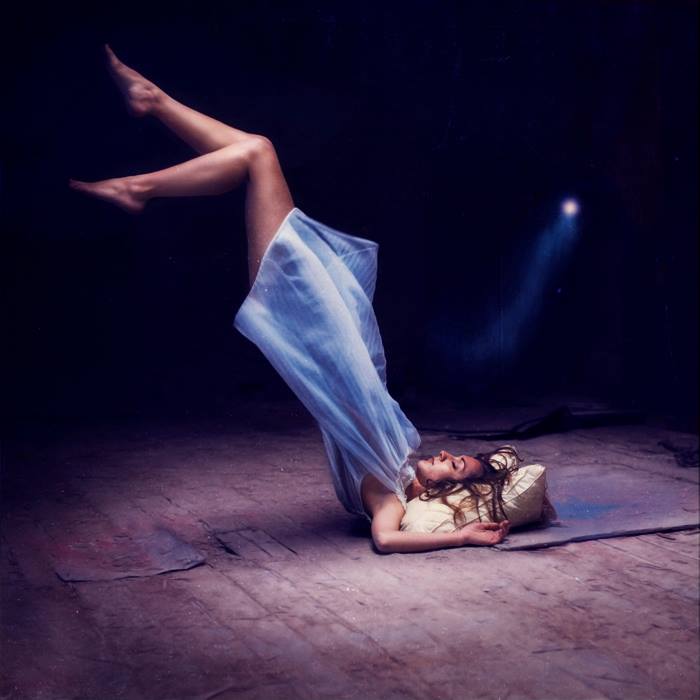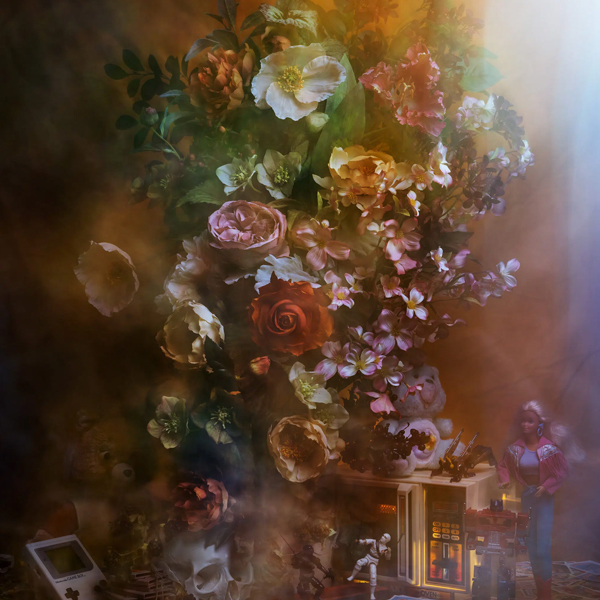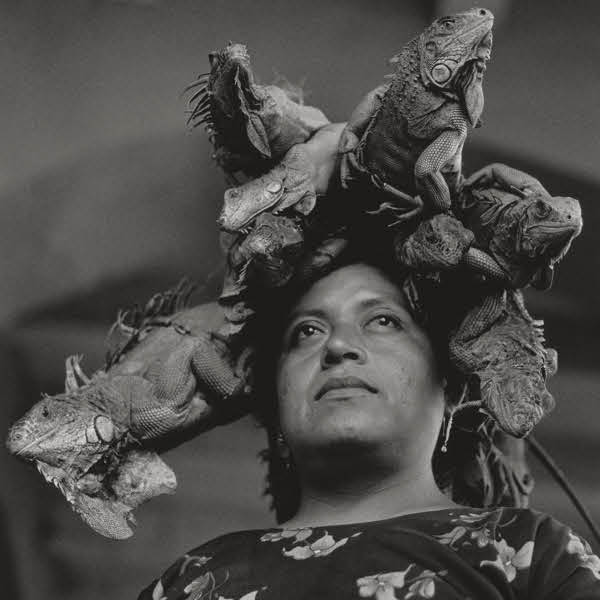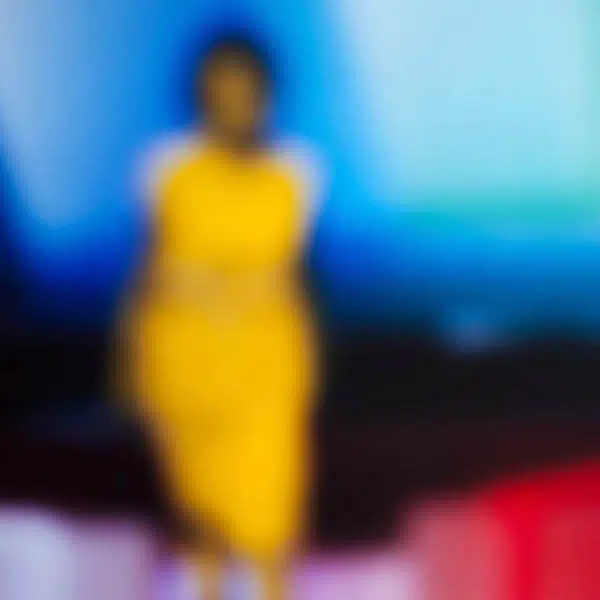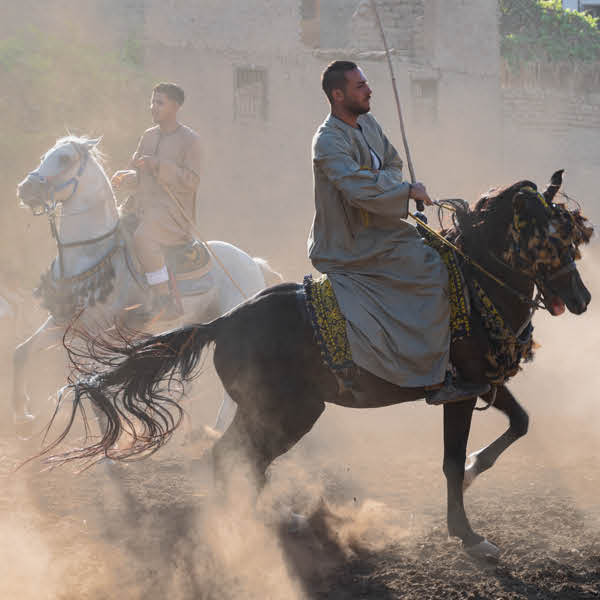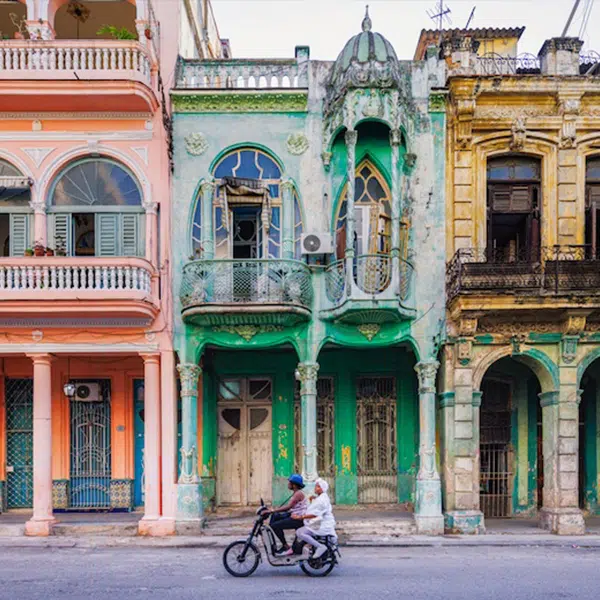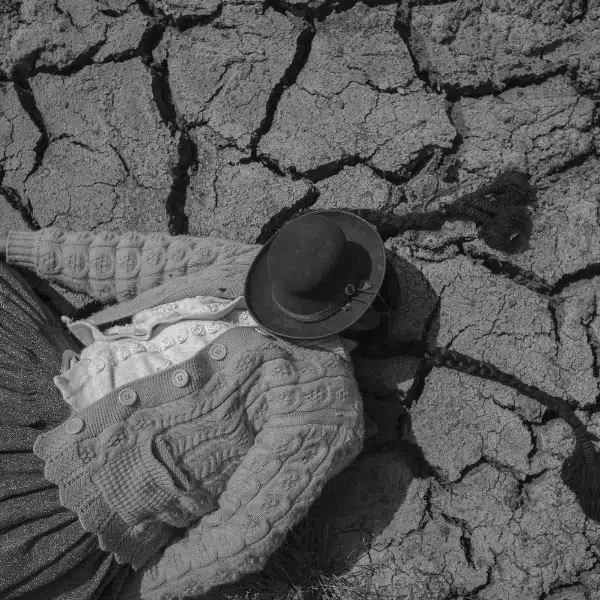If you've been following along with us here at My Modern Met, you're probably familiar with the incredible work of fine art photographer Brooke Shaden, whose mystical and surreal photos we've featured time and time again. For years, she's been capturing the hearts and minds of the photography world, inspiring the creative community to get out there and live their passion. Her love for the craft is apparent in every detail of her vast portfolio, and this incredibly hardworking woman continues to spread her knowledge and enthusiasm by touring the world, hosting workshops that encourage budding photographers to jump fully into expressing who they are.
Brooke's work embodies a sense of darkness with a hint of hope aiming to show that there is beauty in everything, even at the bleakest of times. Her work urges viewers to expand their perspective to find that beacon of light amidst a fog of trials and tribulations life throws in one's way.
We were thankful to catch up with Brooke for a Behind the Lens look into her magical photography.

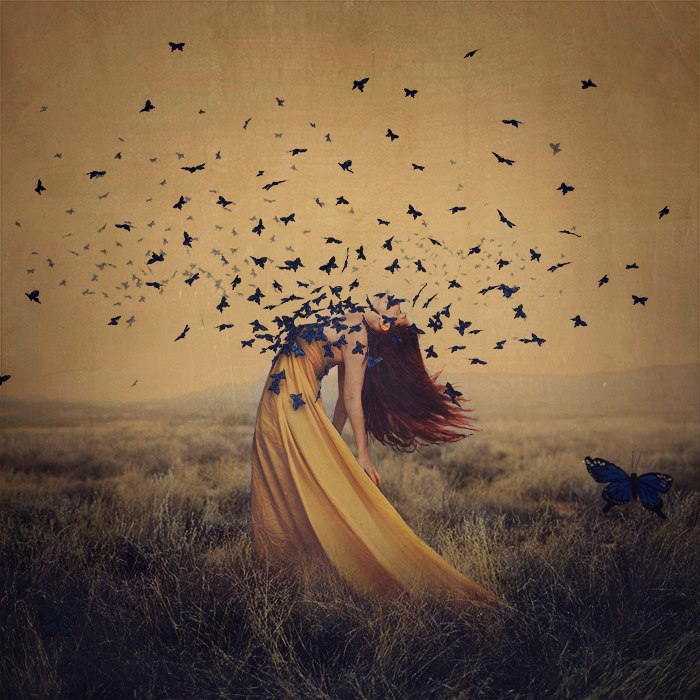

Can you tell us a bit about your journey into photography?
My journey began when I decided I wanted to be a writer. My six-year-old self was dedicated to being a writer when I grew up, and so I started writing a lot and finding a voice through words. When I got older I wanted to teach literature and publish books and so I decided to go to college and study English Literature. I also majored in Filmmaking, which I had discovered the year before and found to be the perfect blend of storytelling and visual arts. It wasn't until I graduated from college that photography fell into my lap. A friend of mine called me up and wanted us to create self-portraits together, and so I started. I took all of what I had known about myself through writing and filmmaking and channeled that into single images that lit my soul on fire. Ever since then I have been in love with still photography and the never-ending ways it allows me to share my story.
What's a must have in your gear bag?
A 50mm lens and a tripod. Those two things make me happy. I use a Zeiss currently which I love, and a 3 Legged Thing tripod. I see the world through a 50mm lens, and I need my tripod to create self-portraits with more ease.
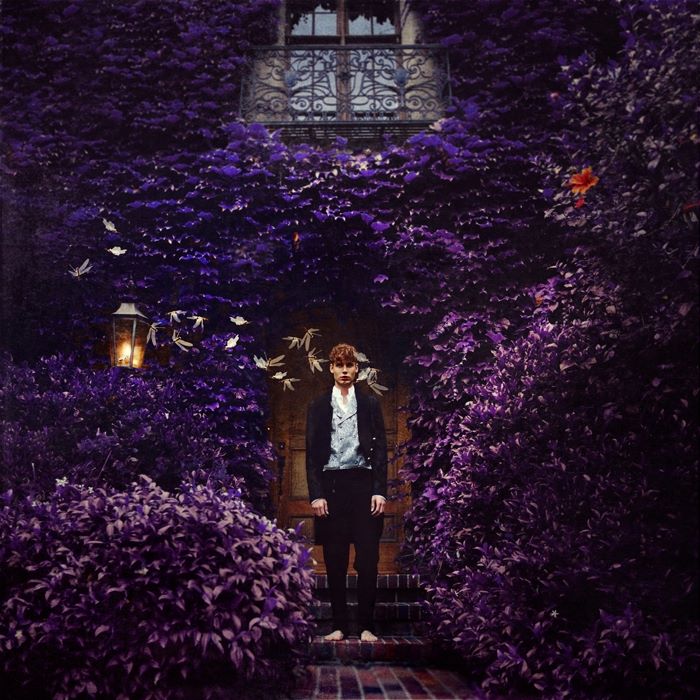
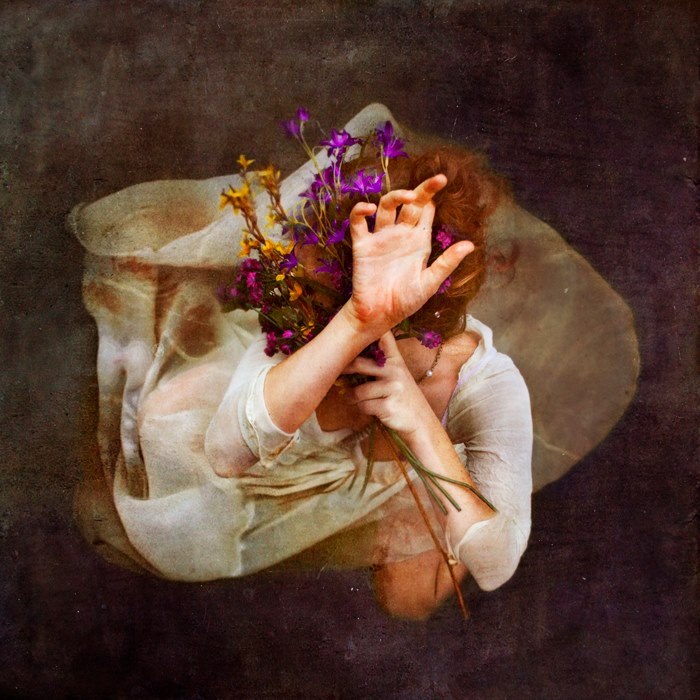
What are some of your interests?
I adore hiking and am fortunate to live in a mountain town, and I also love science fiction (Doctor Who is my thing!). One of the things I try to do consistently when I'm not working is to volunteer, so I spend time in India each year working with survivors of human trafficking. I also work more locally with animal sanctuaries, as I am a passionate vegan and lover of all animals.
Can you tell us about your project with survivors in India?
Oh happily! A few years ago I was contacted by a woman named Laura who runs an organization called Blossomy. She lives in India part time putting on workshops for women who have survived human trafficking and are in shelter homes. She asked me to come teach a photography workshop there, and I agreed. I've gone back each year since to teach that workshop, focusing on self-portraiture and telling your own unique story. After my second trip I felt as though I should be doing more than teaching for a week and then going home, so we (myself, Blossomy and an organization based in Kolkata called New Light) decided to start a photography school that offers those women in shelter homes a chance for more education and a career outside of the shelter. Too often women end up back on the streets due to lack of education, so this is a safe place to learn more and become self-empowered. The school is called The Light Space and is opening the first week of November this year! I'll be there to “cut the ribbon”, so to speak!
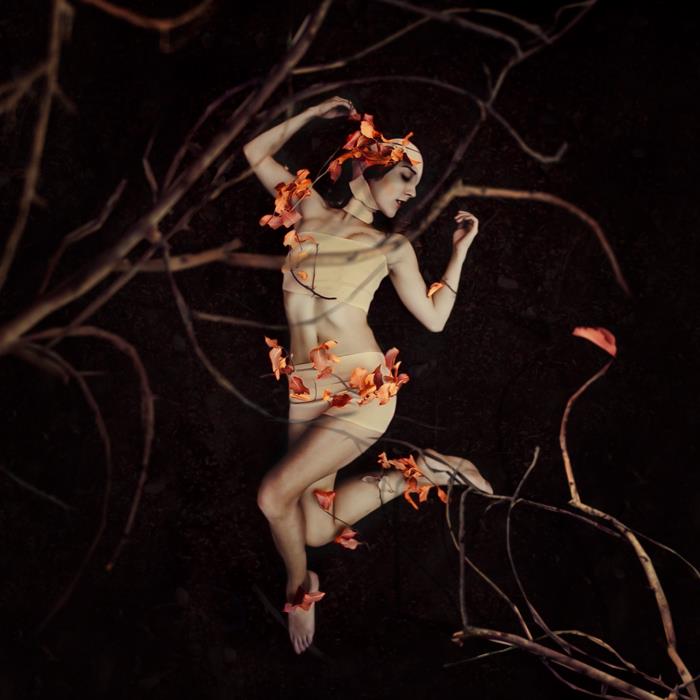
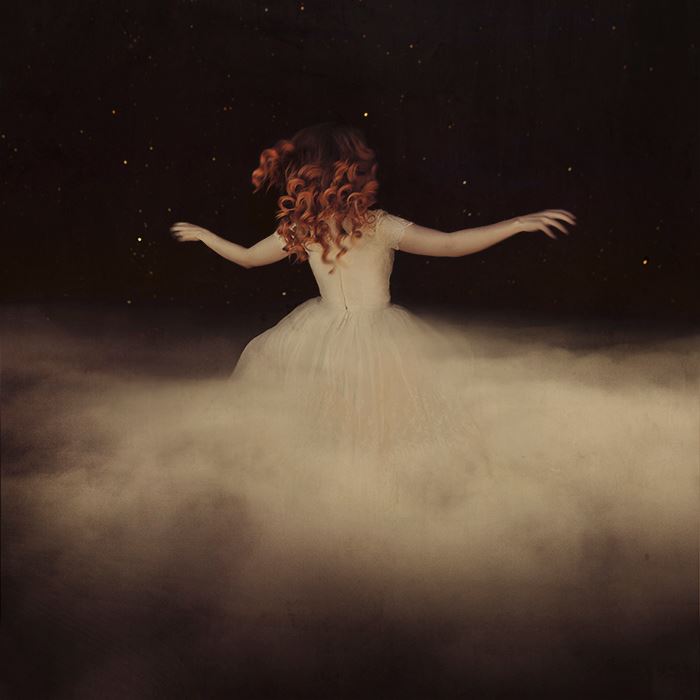
You incorporate such unique ideas into your work, what keeps you inspired?
I feel that I am never without inspiration, not truly, because there are certain messages I want to send that I don't feel I've managed yet. Knowing why you create–how you want to impact others–provides endless inspiration because you are always trying to reach that ideal of spreading your message in the way it should be told.
Would you say your style has evolved over the years?
Absolutely, as it should I think. If it never did, I would stop discovering things about myself that I feel are essential for growth. I started out quite dark and very literal in my themes and stories, and since then have incorporated more beauty and subtlety into what I do, or at least I hope!
How do you keep your artistic voice unique to you?
I see the world very specifically. I always have. My writing matches my films and that matches my photography. I have always felt the world would be more interesting if it had a certain color tone, if locations were preserved, if wardrobe were more timeless. I create in the way that I want to see the world, and that keeps my style pretty consistent.
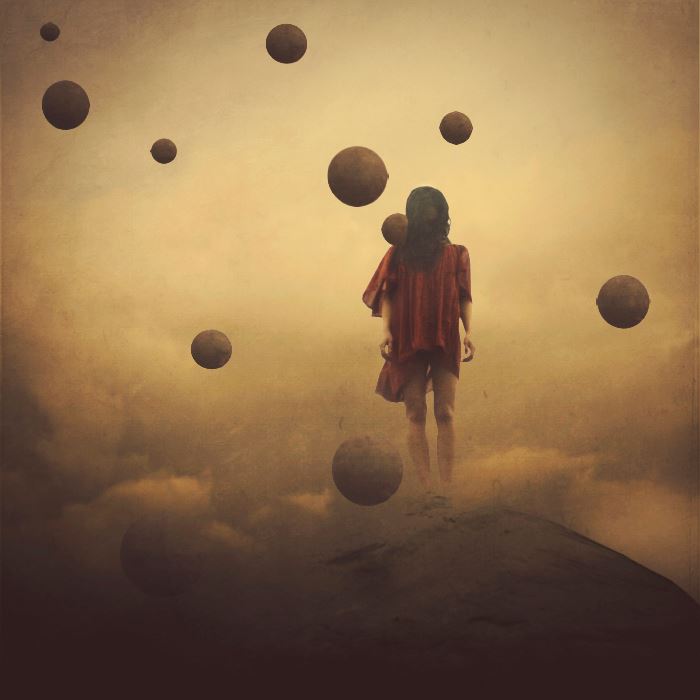
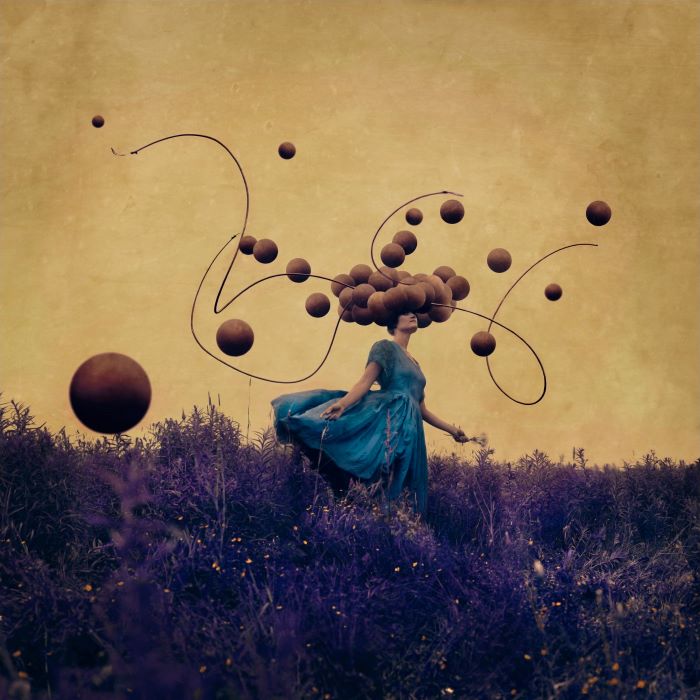
Can you share your experience working with underwater photography? What is the process and challenges?
I started underwater photography with a big, thick ziplock bag for my camera and a lot of nerves. It is so incredibly scary to put your camera in a bag and then submerge it in a river! Since then I have upgraded to Ikelite housing, but it never seems to get any less stressful for me. I'm a bit of a worrier! My experiences with underwater photography have been eye-opening, each and every time. To be immersed in a world that we cannot naturally exist is a privilege. In the same way a scuba diver might feel both incorporated into the water yet still out of place, that is how I feel when I look at the under water images I've created – both that I am looking at a place where I cannot exist, yet I feel a part of it.
There are a lot of challenges, especially when shooting in natural water. From the dirt at the bottom of the water getting kicked up to freezing temperatures and uncertainty of posing, it is a wild ride to be certain. Having a model who can take direction really well is essential, since you can't direct them under the water very effectively. Understanding light is the other most important thing. I try to find naturally dark backgrounds to shoot on, and make sure the sun isn't hitting the subject at full force, since that creates harsh highlights and shadows. Of course equipment can be used to nullify the lighting, but I try to keep it simple, natural, and as easy as possible.

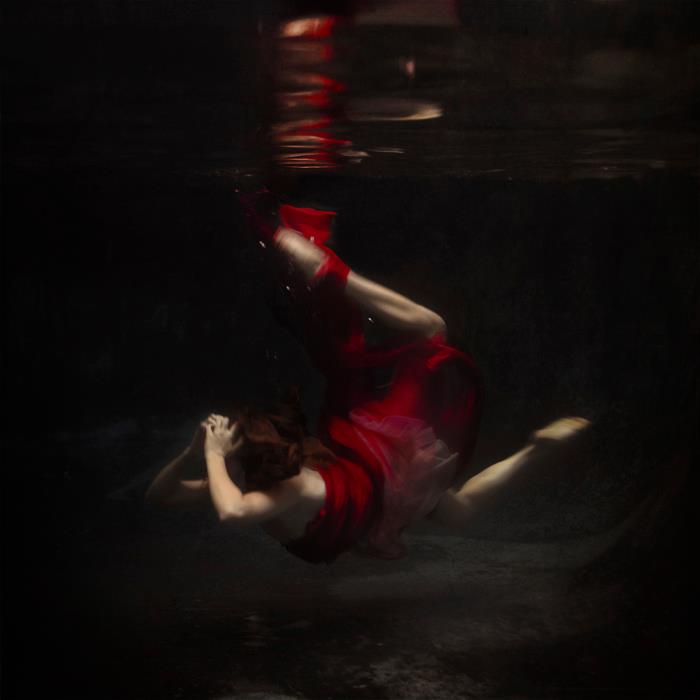
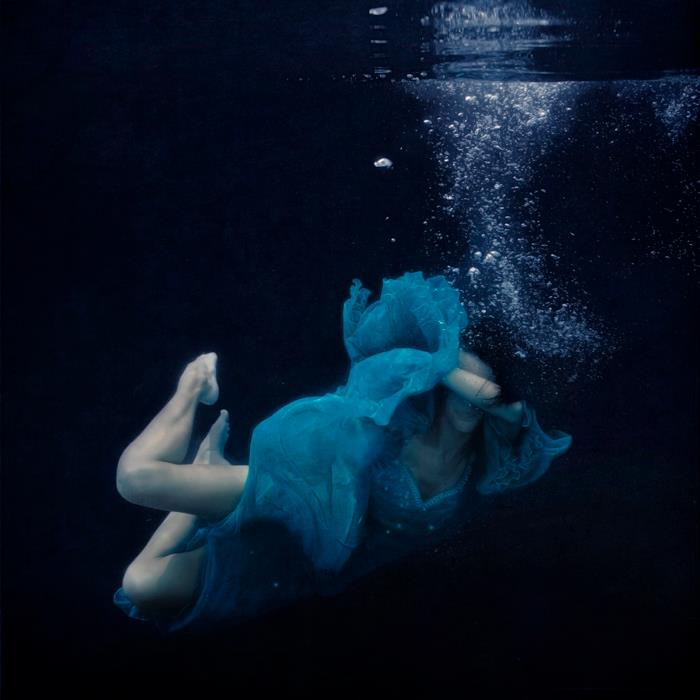
A lot of your portfolio consists of self-portraits, can you share with us a bit about how you get the perfect shot?
That's easy…I don't believe there is a perfect shot! I try not to see myself when I photograph a self-portrait. I've watched others create self-portraits and take hundreds of shots to find one they like. But by removing myself and all of my vanities from the equation I stop worrying about how my body looks or if I like how I am personally being portrayed. Instead, I go for emotion and movement, and if those things are right, I accept the shot as it is. I am never one for perfection.
When I create self-portraits I use a tripod, a remote (if I haven't lost mine!), my camera and a 50mm lens. I try to keep it very simple so that I can focus my energy on the story and the experience.
How do you light your photos? Do you use artificial or natural light?
I am a natural light girl all the way. I use window light, overcast/ambient outdoor light, or even sometimes light bulbs in lamps in my house if I need an extra kick. On occasion I have used Sweet Light continuous lights, but never strobes. What can I say…I like simplicity!


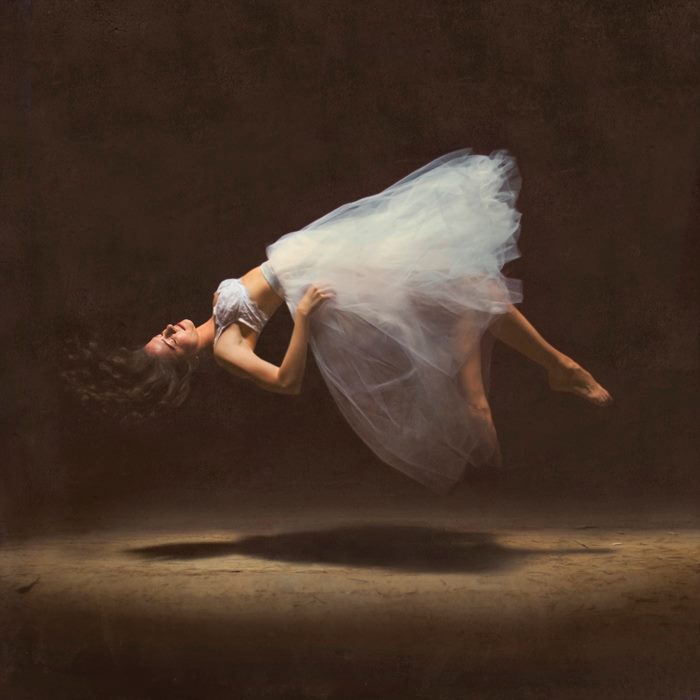
How much planning goes into a shoot?
I usually spend at least an hour on an idea, but usually more like a week on and off developing the story behind it and the “how”, too. I really take a lot of effort in crafting an image that will speak to a wide range of people while still sharing part of myself and satisfying something within me that feels necessary to release. There are times when I've shot on the fly, and others where I've spent a whole year thinking about the idea before it felt right to shoot…but on average, one week.
What challenges have you faced while creating?
All of them! Personally, my challenge has been not listening to those who would critique what I do. I try to create for myself first and foremost and then allow public opinion to add to the piece. Technically, my greatest challenge is that I don't learn conventionally and I never have. I studied for hours every day after school and still did poorly on tests. I always thought I just wasn't smart. But I've come to learn that I am a deadly combination of stubborn and unconventional, so I need to learn through trial and error. I would often find myself frustrated that I couldn't figure something out, and that was when I would hit my biggest walls of challenge.

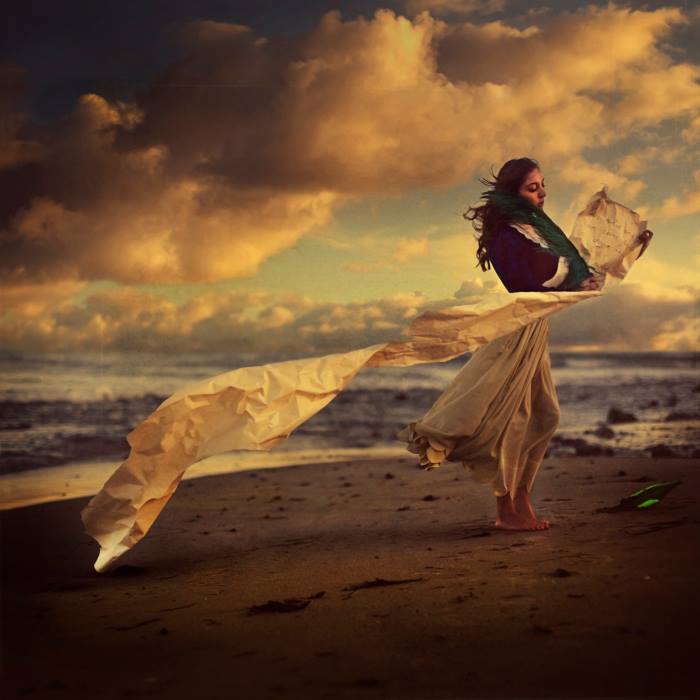
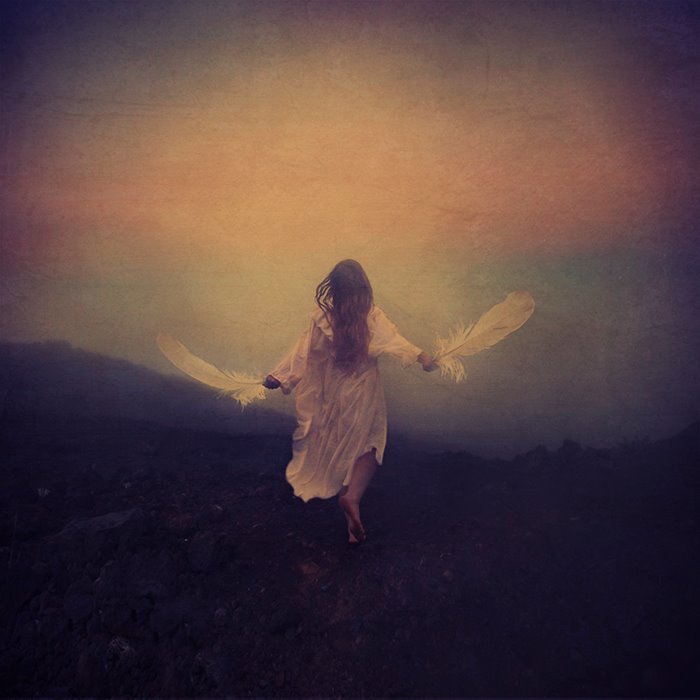
You travel the world hosting workshops and teaching seminars, where has been your favorite place to travel?
Oh golly! You are mean for asking that! ;-D I think the place I have felt most connected with has been Scotland. I remember standing in a field in the middle of absolutely no where, my friends asking me to please get back in the car, and simply standing with muddy feet in such awe of everything around me. It was indescribable. New Zealand is a fantastic place for exploration, Hawaii is the most relaxed I've ever been, and France has magic everywhere you go. See, I told you I couldn't answer this!
Where do you call home?
I live in a tiny town in the mountains in Arizona and love it so much. I just recently came home from a trip abroad and when I drove into my town I fell in love with it again.
Do you have a favorite shooting location?
I have to say I have no single favorite. I feel most connected to the forest, so whenever I shoot there I feel very calm and centered and a bit haunted, too. But shooting in water has it's own thrill, finding the perfect field is very satisfying, and sometimes shooting at home on my blank white wall is just what the doctor ordered.
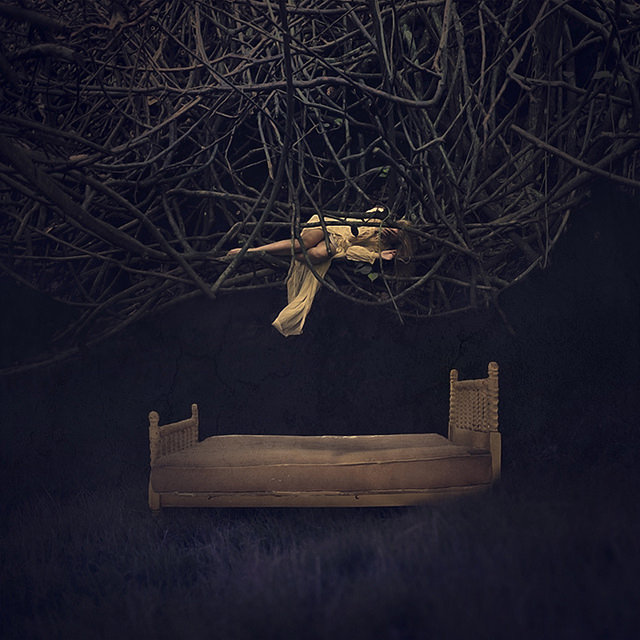
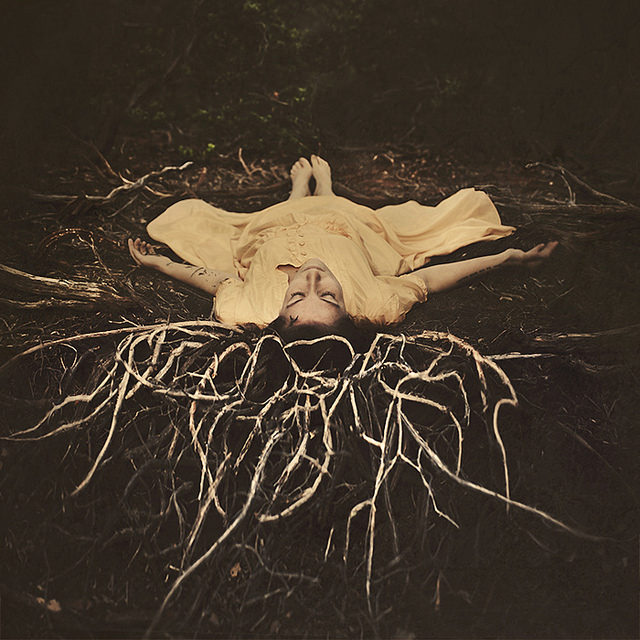
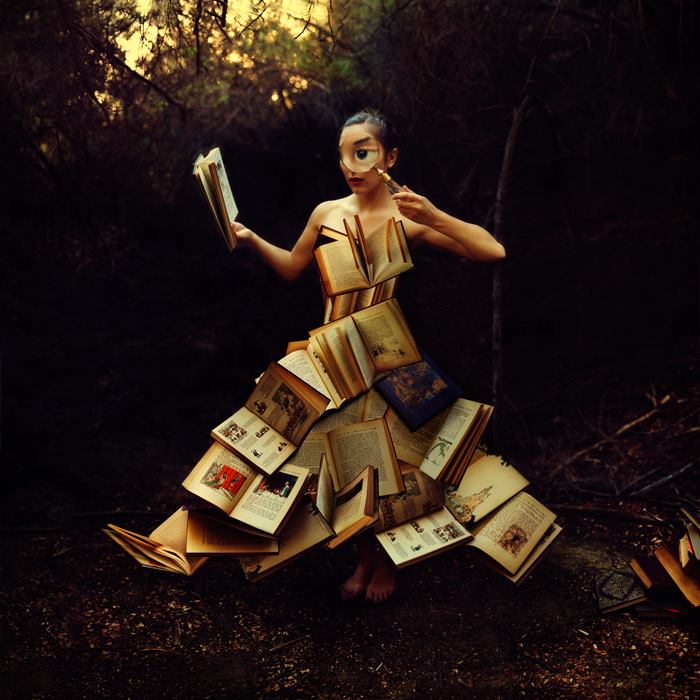
How much post processing goes into a completed photo?
It definitely depends on the image, but an average of 5-7 hours for an image is typical. Some take no more than 20 minutes if they are quite simple, and others take 30 hours. It all depends on how much compositing is required, how slow my computer is being, how indecisive I'm feeling, and if I've done something like it before.
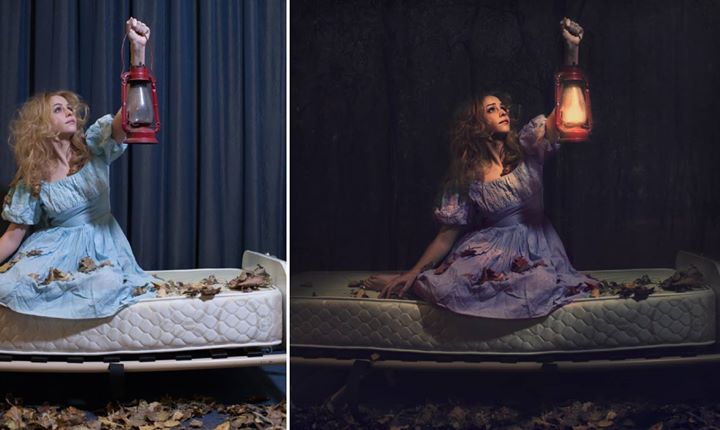
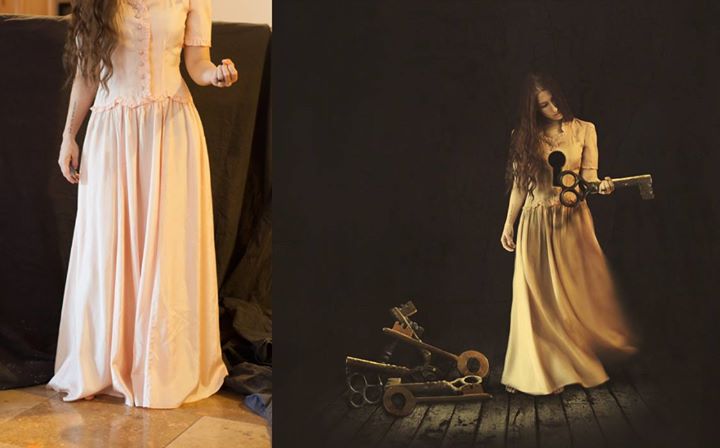
How would you define your style?
Painterly, dark, ethereal, surreal, fairytale, story.
Is there an overall message you would like your photos convey?
That there is beauty in darkness. That is the reason why I create – to spread that message.

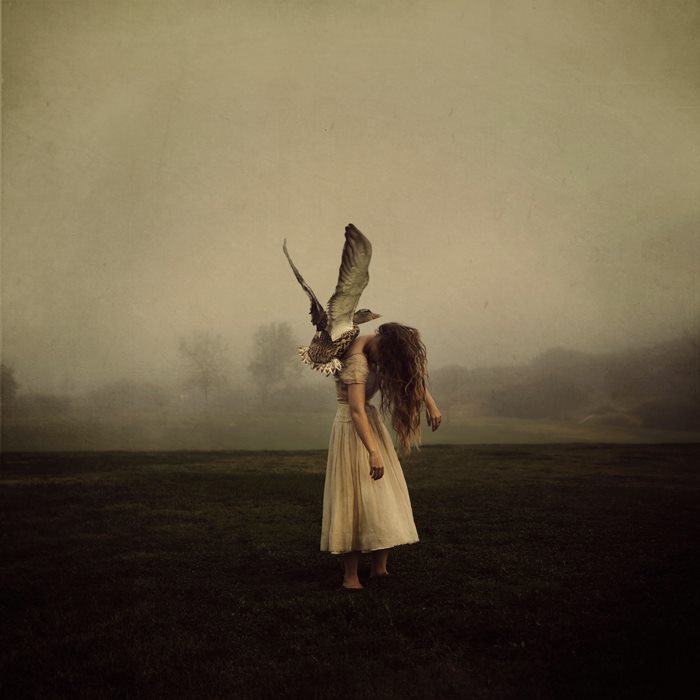

What are your plans for the future? Do you have any upcoming projects?
The future: To spread as much kindness and inspiration as possible. Next year I'll be creating my first documentary all about harnessing bravery to overcome fear. I'm hosting my first yearly convention in October which I could not be more thrilled about. I'll be traveling to India again at least once more next year to check on the school and do more teaching, plus I'll be taking my charity workshops further to reach more people. Those are the main things I'm absolutely GIDDY about!
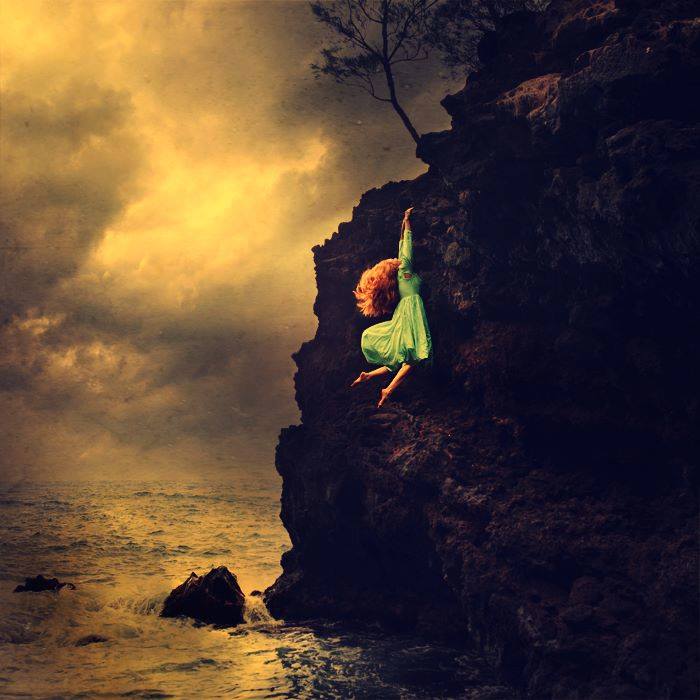
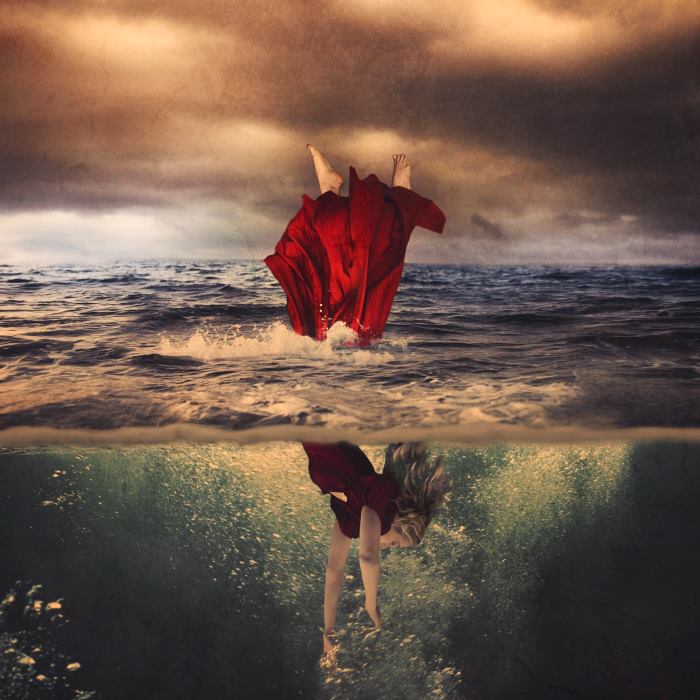
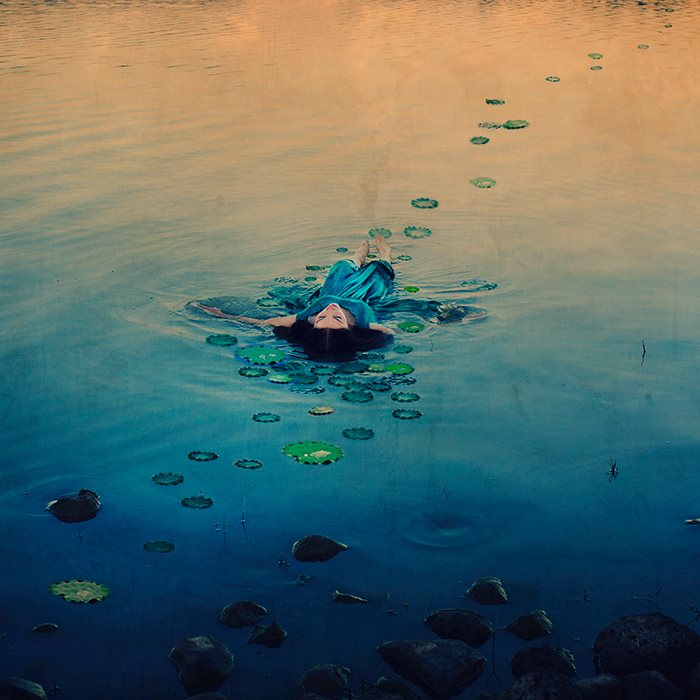
Do you have any advice for aspiring photographers?
Find your message. If you are creating art that you plan to share with others, figure out what you want to say, how you want people to feel, and why it is important that you are the one creating it. When you know why, you open the doors for others to be impacted by your message.
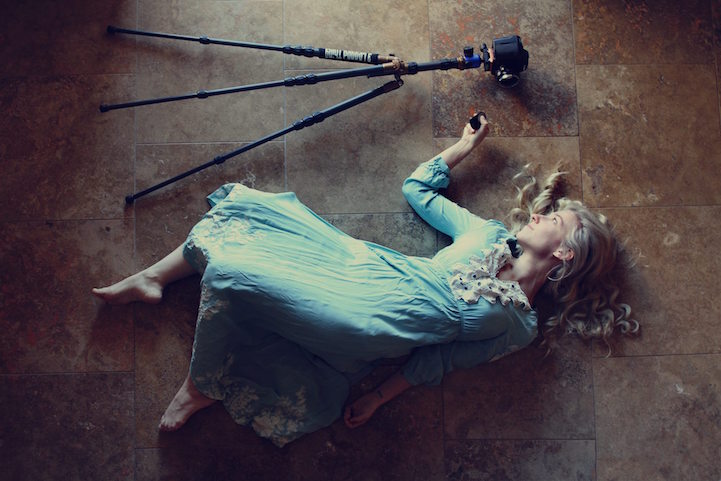
Thank you so much Brooke! If you would like to stay up to date with this talented photographer's work please visit her website and Facebook Page.
Are you a photographer? Would you like to be interviewed for our Behind The Lens series? Leave your website in the comments below!
